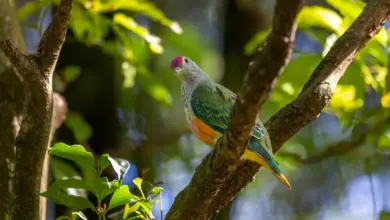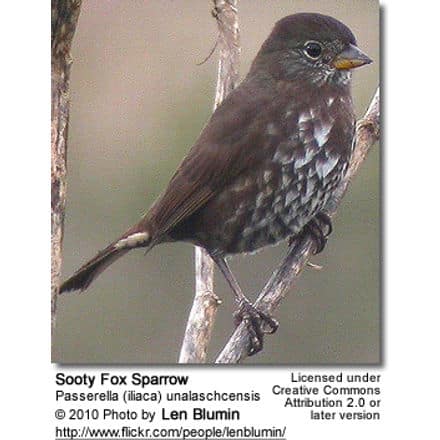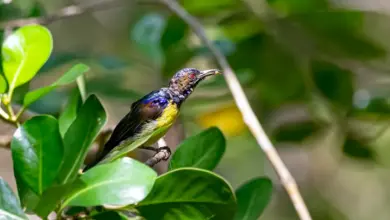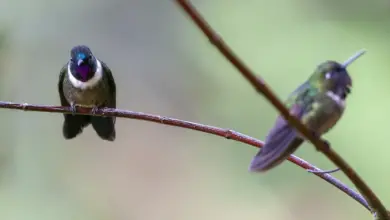Jamaican Crows
The Jamaican Crows, Corvus jamaicensis, is a comparatively small crow species (35-38cm in length). It shares several key morphological features with two further West Indian species, the Cuban Crow, Corvus nasicus and the White-necked Crow, Corvus leucognaphalus of Hispaniola which are almost certainly very closely related to it.
As its name suggests, this species is found on the moderately sized island of Jamaica where it inhabits woodland mixed with cleared areas and can be frequently found in larger gardens also. Though primarily a bird of hill and mountain forest, it comes down to lower elevations during the dry season where it is more likely to be seen.
The overall appearance of this species is of a sooty-grey bird, not at all glossy like its near relatives though it does possess a similar dark grey patch of naked skin just behind the eye and a smaller naked patch at the base of the bill. The bill itself is slate-grey and quite deep, tapering to a sharp point. The nasal bristles are relatively sparse usually leaving the nostrils on view. The iris is either grey-brown or red-brown, possibly depending on age. Legs and feet are black.
Another forest crow by nature, its food requirements contain a significant proportion of fruit taken from trees either in pairs or small groups. It also probes under bark and leaf litter for small invertebrates (= animals without internal skeleton, such as insects, larvae, earthworms, millipedes, snails, spiders), and it is known to raid other birds nests of both eggs and nestlings.
The Jamaican Crows nest itself is usually built in a tall tree though this species may well use tree holes also as a possible nesting option although little further information is as yet recorded for this species and its breeding habits.
The voice, like its two nearest relatives is very distinctive and consists of various jabbering and bubbling sounds (often likened to a Wild Turkey) but also including a more crow-like “craa-craa” sound on occasion.
Copyright: Wikipedia. This article is licensed under the GNU Free Documentation License. It uses material from Wikipedia.org … Additional information and photos added by Avianweb.
Please Note: The articles or images on this page are the sole property of the authors or photographers. Please contact them directly with respect to any copyright or licensing questions. Thank you.






